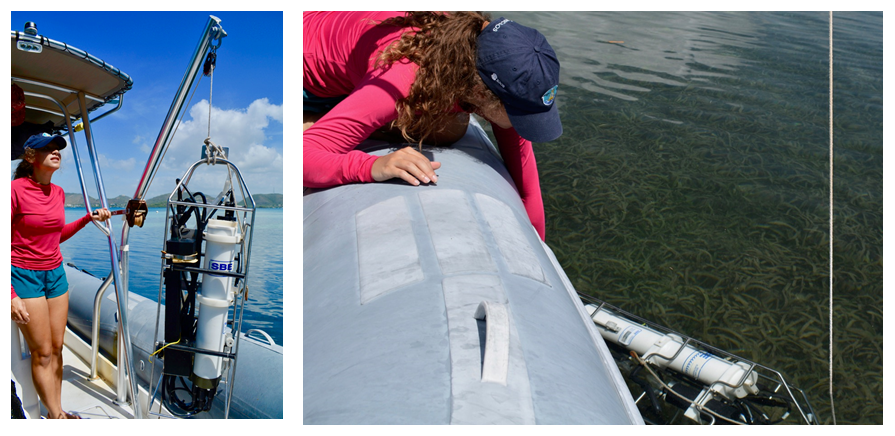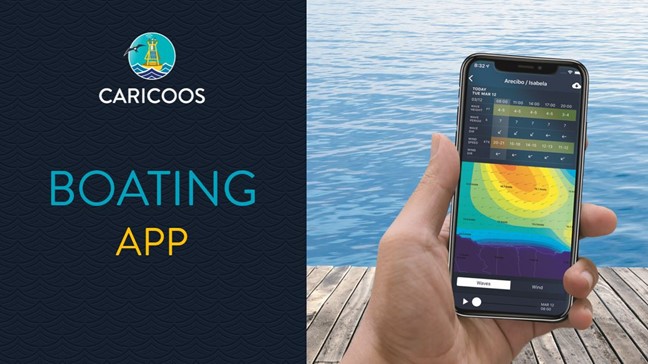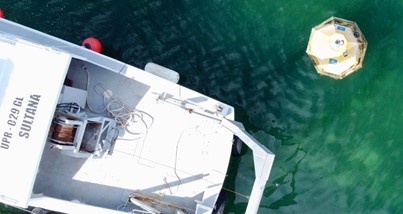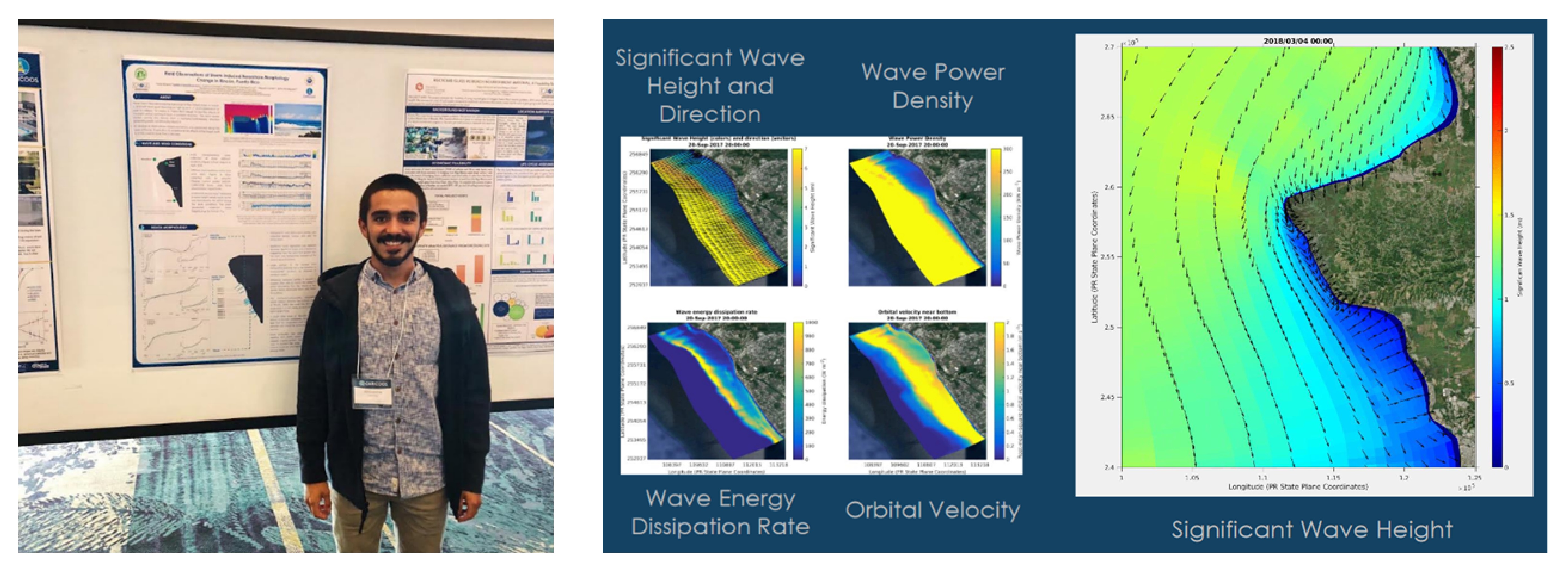SARGASSUM inundation, anoxia and increased acidification

Sargassum Sub-Regional Outlook Bulletin – Sept 2020 Vol 1
CARICOOS CALL FOR EXPRESSIONS OF INTEREST

CARICOOS Boating app: an accessible and easy-to-use tool for boaters.

The Ocean Acidification Buoy is currently getting its annual maintenance.

Outlook of 2020 Sargassum blooms in the Caribbean Sea and Gulf of Mexico* August 31st, 2020, by University of South Florida Optical Oceanography Lab
CARICOOS congratulates Peter Rivera for successfully completing his Master’s degree.

Satellite imagery reveals impacts to coastal vegetation and seagrasses attributable to Hurricane Maria and now frequent massive Sargasso arrivals.




